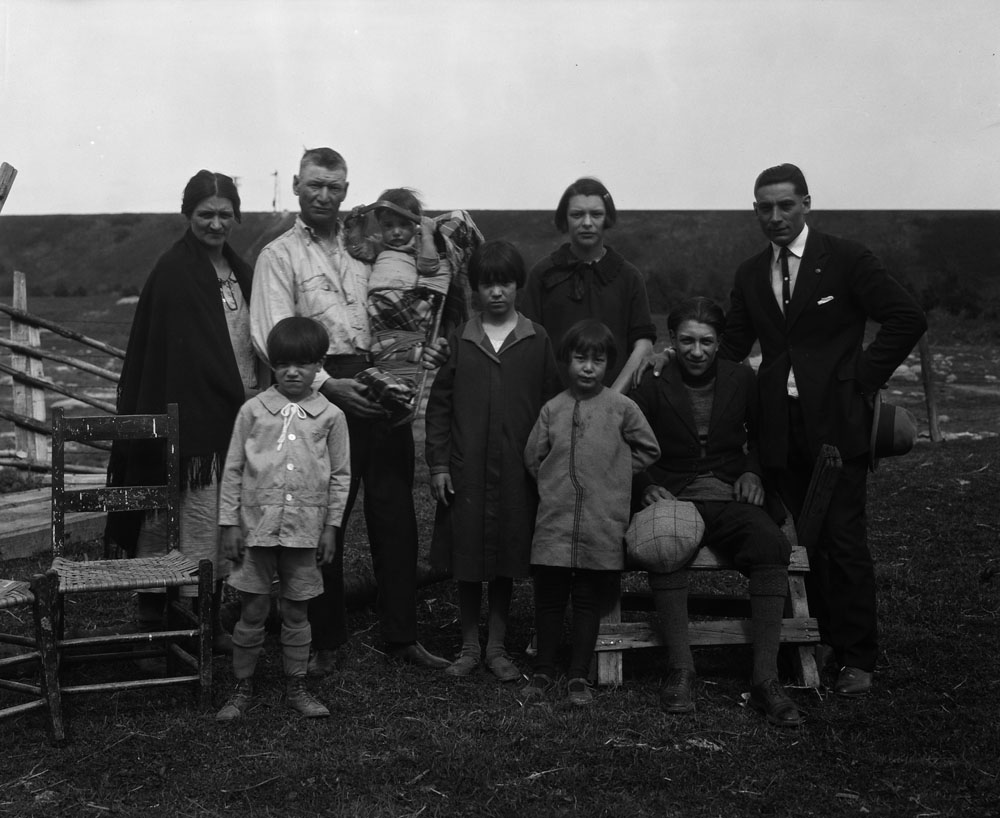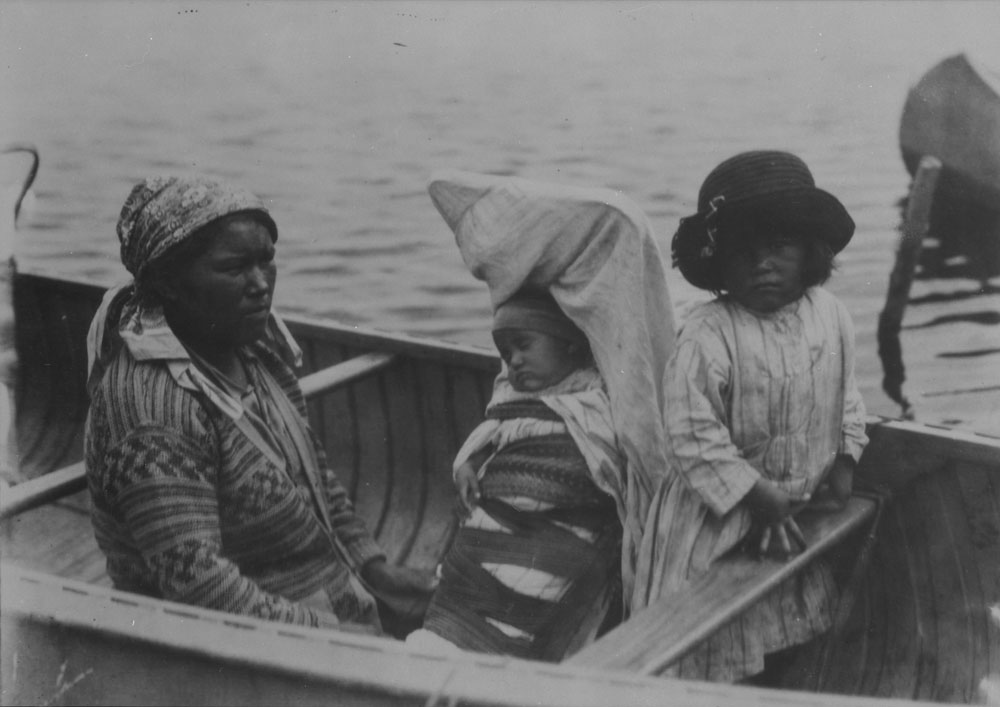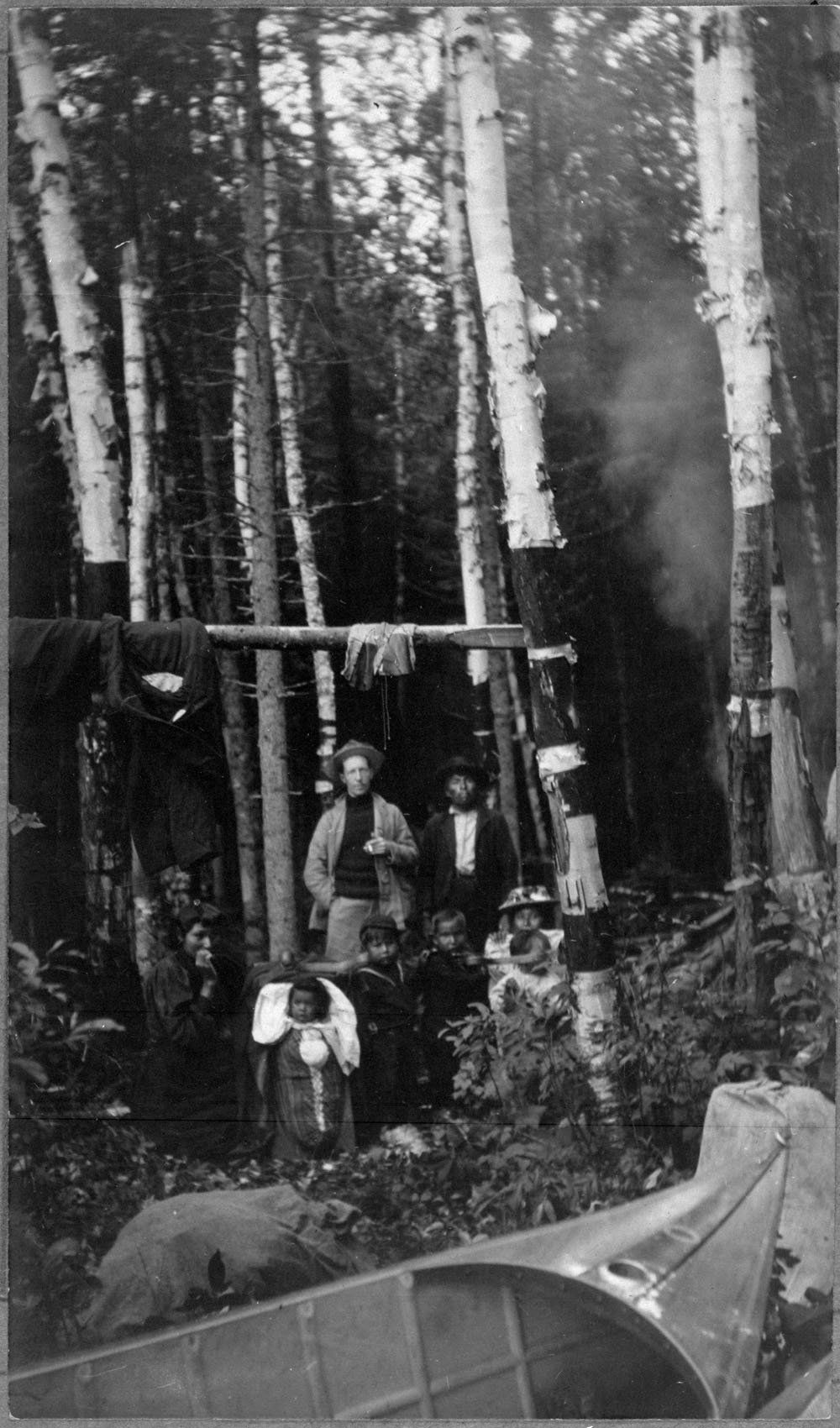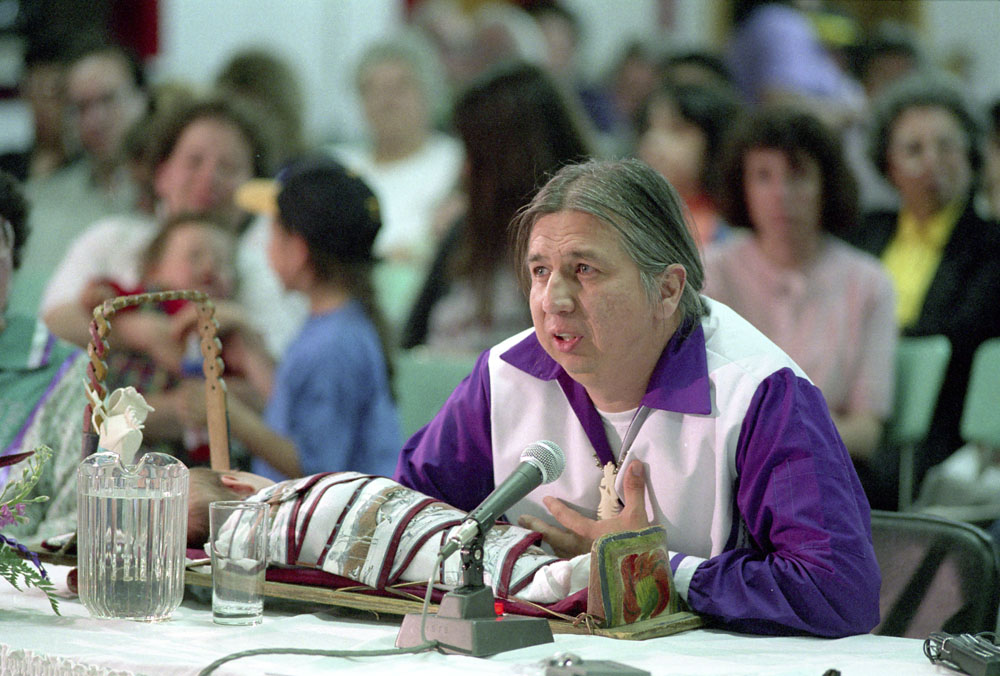By Sheyfali Saujani
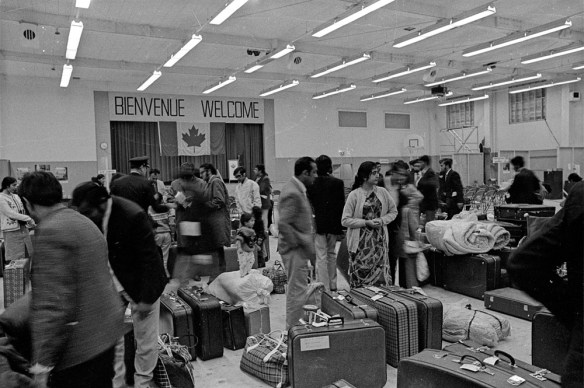
Ugandan Asian refugees arrive at a Canadian Forces Base in Longue-Pointe, Quebec (e011052358)
In September 1972, Canada welcomed the first of some 7,500 Ugandan Asian refugees. At the time, people who had migrated from the Indian subcontinent were called Asian, rather than South Asian. This was the first large-scale influx of non-European immigrants to Canada following a series of changes to the country’s immigration policy that started in 1962. These changes eliminated racial barriers to entry. My family was lucky enough to be among those immigrants.
Both of my parents were born in Africa. My mother, Shanta Saujani, was born in Durban, South Africa, and that is where she went, to be with her mother, when she was pregnant with me, her first child, in 1964. My father, Rai Saujani, was born in Uganda, where his father had arrived sometime around 1914 (we are not completely certain about the date). Asians from around the British Empire migrated to its African colonies in much the same way that Europeans circulated through the colonies (including Canada), and for many of the same reasons: economic opportunity, adventure and change.
But the colonial world did not treat all of its subjects equally, and divisions established under imperial rule persisted, or even deepened, after independence. In South Africa, Asians (people from the Indian subcontinent) were racially segregated, as were Black Africans under the country’s notorious apartheid policy. People designated “white” could go anywhere and everywhere. Those designated “black,” “brown” or “coloured” were restricted in their freedom of movement, residence, education and work. Even though my mother and I were both born there, I was not allowed to become a citizen because my father was a citizen of Uganda.
In Uganda, racial divisions were not legislated, but cultural mingling was discouraged by separate schools and social services. Under colonial rule, it was harder for Black Africans to obtain business licences and other benefits that might have allowed them to compete with entrepreneurial Asians who controlled many key sectors of the economy. Asians thus became a relatively privileged middle class that some Africans resented. Although many Asians, like my father, acquired Ugandan citizenship in order to serve their country, many others, fearful of losing British status, chose to remain British subjects.
In 1971, General Idi Amin ousted Uganda’s government in a military coup. The following year, he declared that there was no longer room for Asians in Uganda, even if they were citizens. In August 1972, he ordered the expulsion of all of the country’s roughly 80,000 Asians and gave us 90 days to leave.

A group of children who had recently arrived in Canada (e011052361)
That was a frightening time for us. Although my brothers and I were too young to fully understand the political tensions, we soon realized how bad things could get when some of our relatives were jailed. There had been an argument of some sort in one of the many long lines to acquire government documents, and three of my uncles were arrested by the army. At the time, my father was a deputy superintendent in the Ugandan police force, and he was able to use his connections to get my uncles released. I remember vividly the red welts left on their backs by the terrible beatings they had received while in prison. They were free, but now the army officers who had arrested them were looking for my father. We spent our last few weeks in Uganda in hiding, desperate to find a country that would give us sanctuary.
Because of the refugee crisis caused by Amin’s expulsion order, Canada offered to immediately accept 5,000 (though more eventually came) people needing a new home. Canada also sent a special team of immigration agents to Uganda to help expedite the selection and processing of those who would come here.

A Canadian official and a Ugandan Asian family who had recently arrived in Canada (e011052346)
Those officials suggested that we might be able to enter Canada more quickly if we came as sponsored refugees. Family members reached out to an aunt living in Hamilton. She had moved from Tanzania to Canada with her husband and three daughters a few years earlier.
To qualify as a sponsor, you needed to prove that you had a certain level of income. My aunt’s family fell just short of that number. My aunt feared that they might not qualify as sponsors, but then a helpful immigration officer asked about the monthly mother’s allowance cheques that the government gave out back then. Those small cheques, which my aunt received to help support my three cousins, allowed them to clear the financial threshold needed to qualify as sponsors.
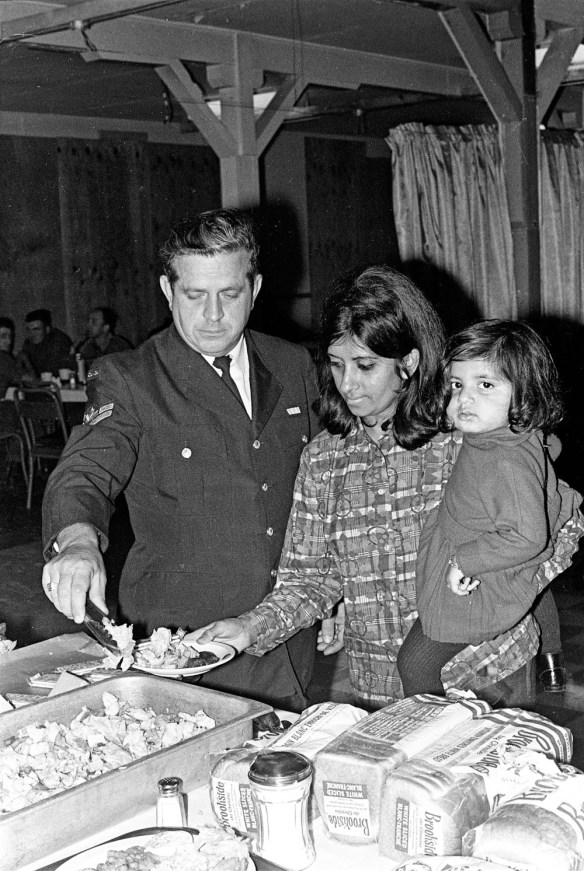
Food being given to recently arrived Ugandan refugees (e011052348)
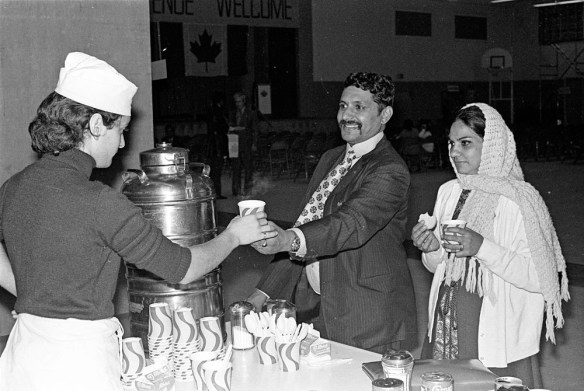
Recently arrived Ugandan refugees receiving drinks (e011052353)
The day we arrived in Canada was a day of exhaustion, relief and elation for us, much like it probably was for the people in these photos. It was September 28, 1972, a cold and clear fall day in the army barracks near Montréal where officials received the refugee families. My brother and I recall the unexpected chill, for which we were unprepared after coming from equatorial Africa. Luckily, immigration officials had arranged for us to have access to winter clothes. My brother remembers that it was the first time he saw the famous four Hudson’s Bay colours (green, red, yellow and indigo) on some of the coats. We both remember the amazing colours of the autumn leaves. But the best memory of all is my mother’s. She remembers that there were 11 black-and-white television sets scattered around the hall where our paperwork was being processed. Suddenly all of the officials, soldiers and cafeteria staff started jumping up and down, yelling and screaming, hugging each other and shouting for joy. What we did not know but soon learned was that it was the day of the final game of the famous Canada-Soviet Summit Series, and Paul Henderson had just scored the winning goal. And my mother thought: what an auspicious day for us to arrive! We are very grateful for the refuge that Canada gave us, and the opportunity to become citizens of a peaceful country that strives toward inclusion.
For more images of the arrival of Ugandan Asian refugees in Canada in 1972, visit the Library and Archives Canada Flickr Album.
© Sheyfali Saujani
Sheyfali Saujani worked as a radio producer with CBC Radio for 30 years. She is a writer and producer living in Toronto.



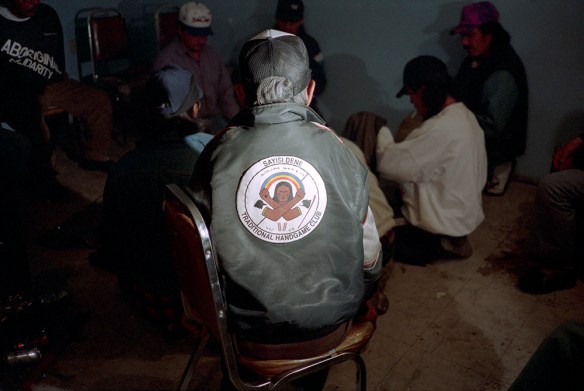
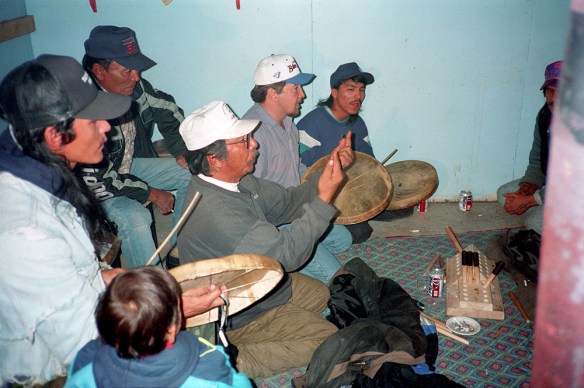
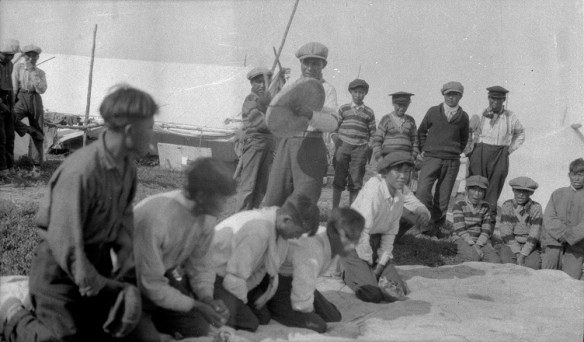
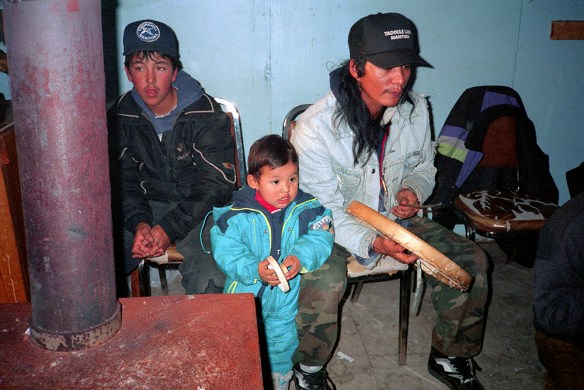
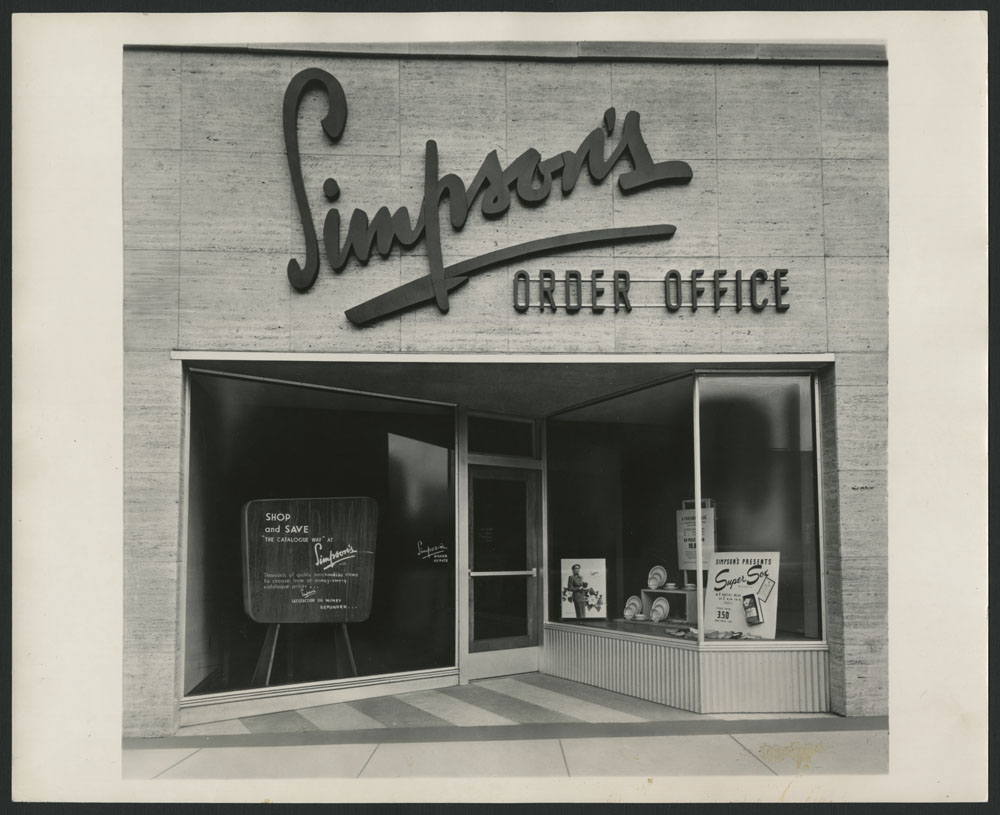
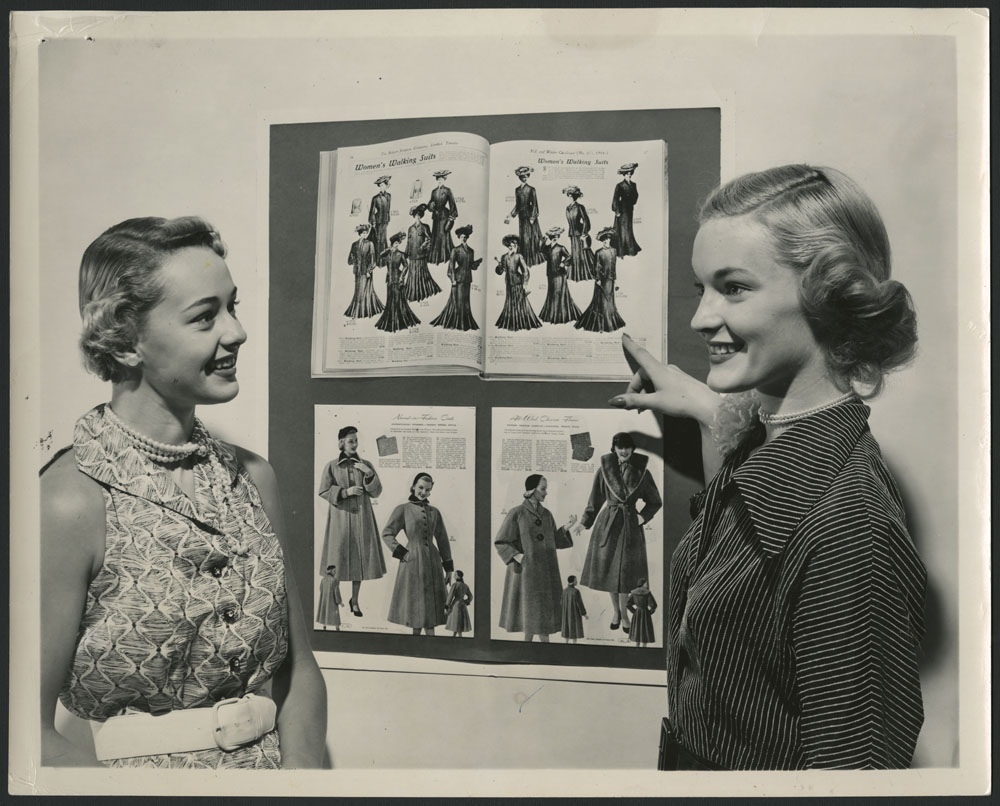

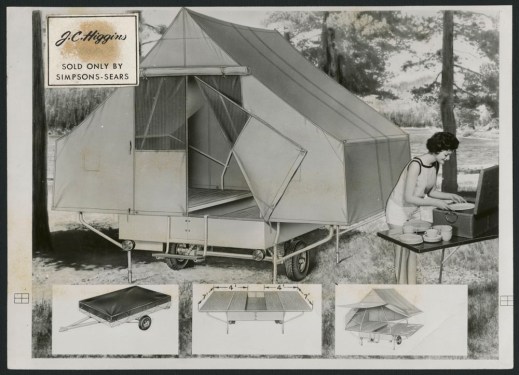







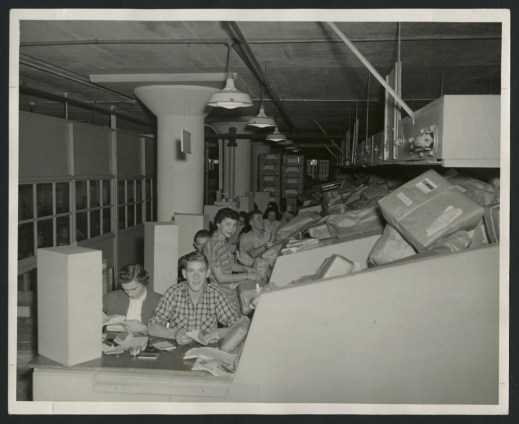

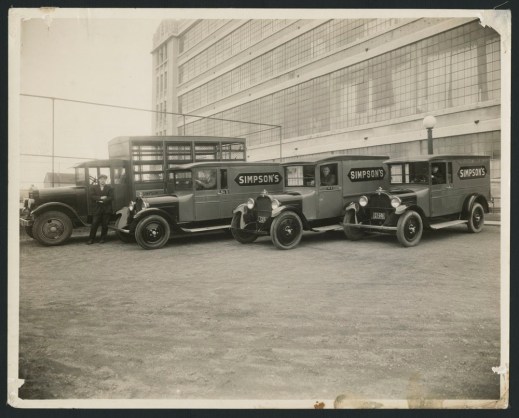
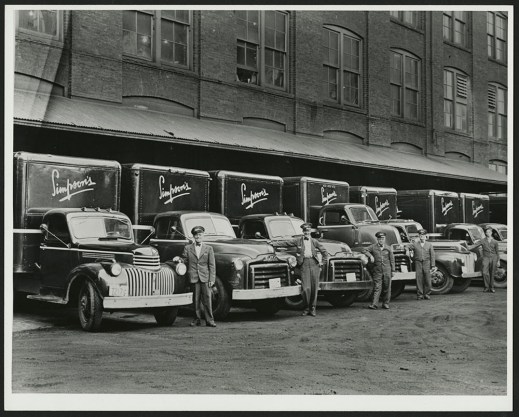
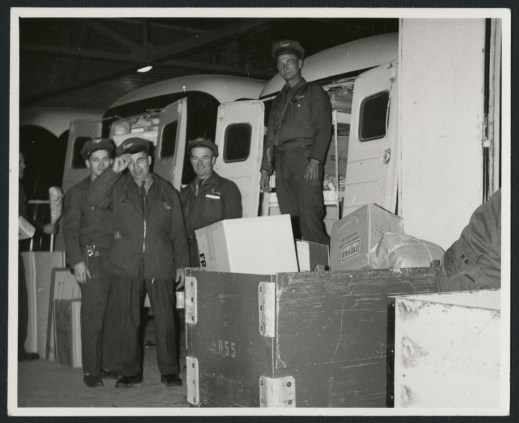


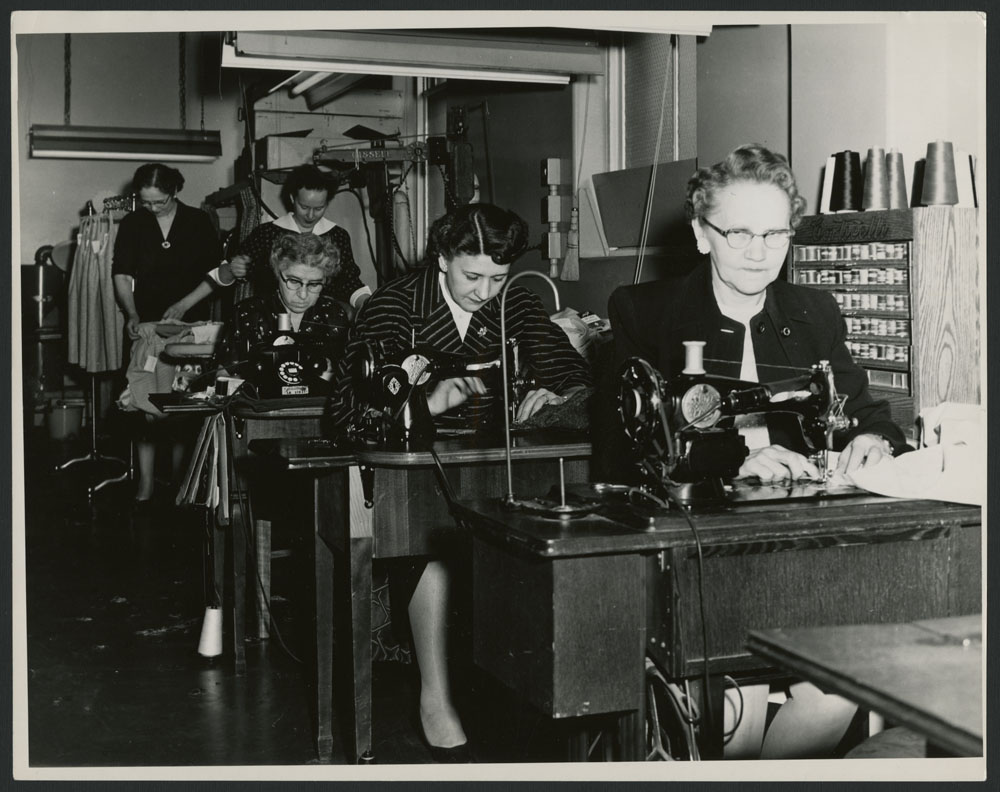

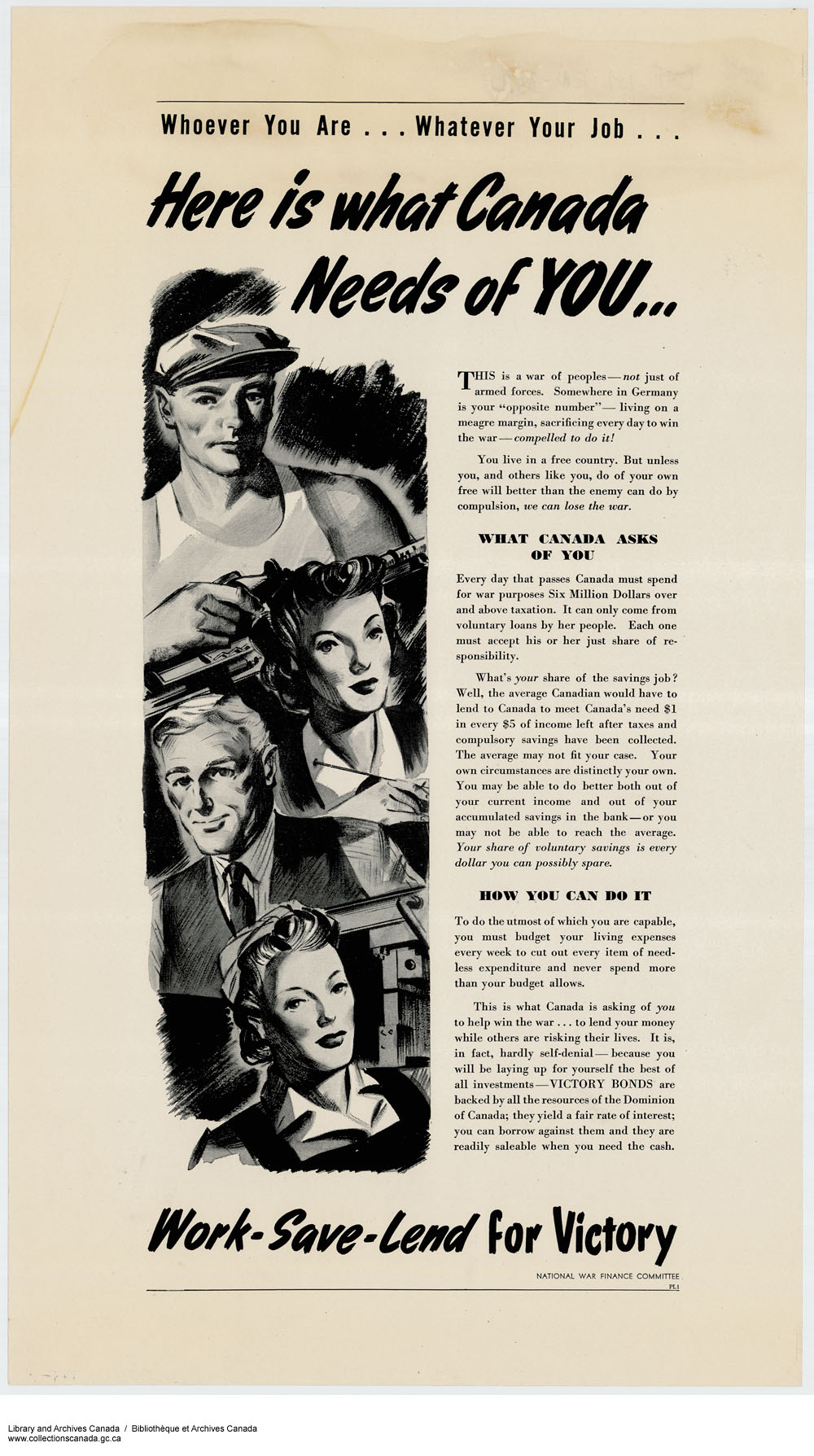
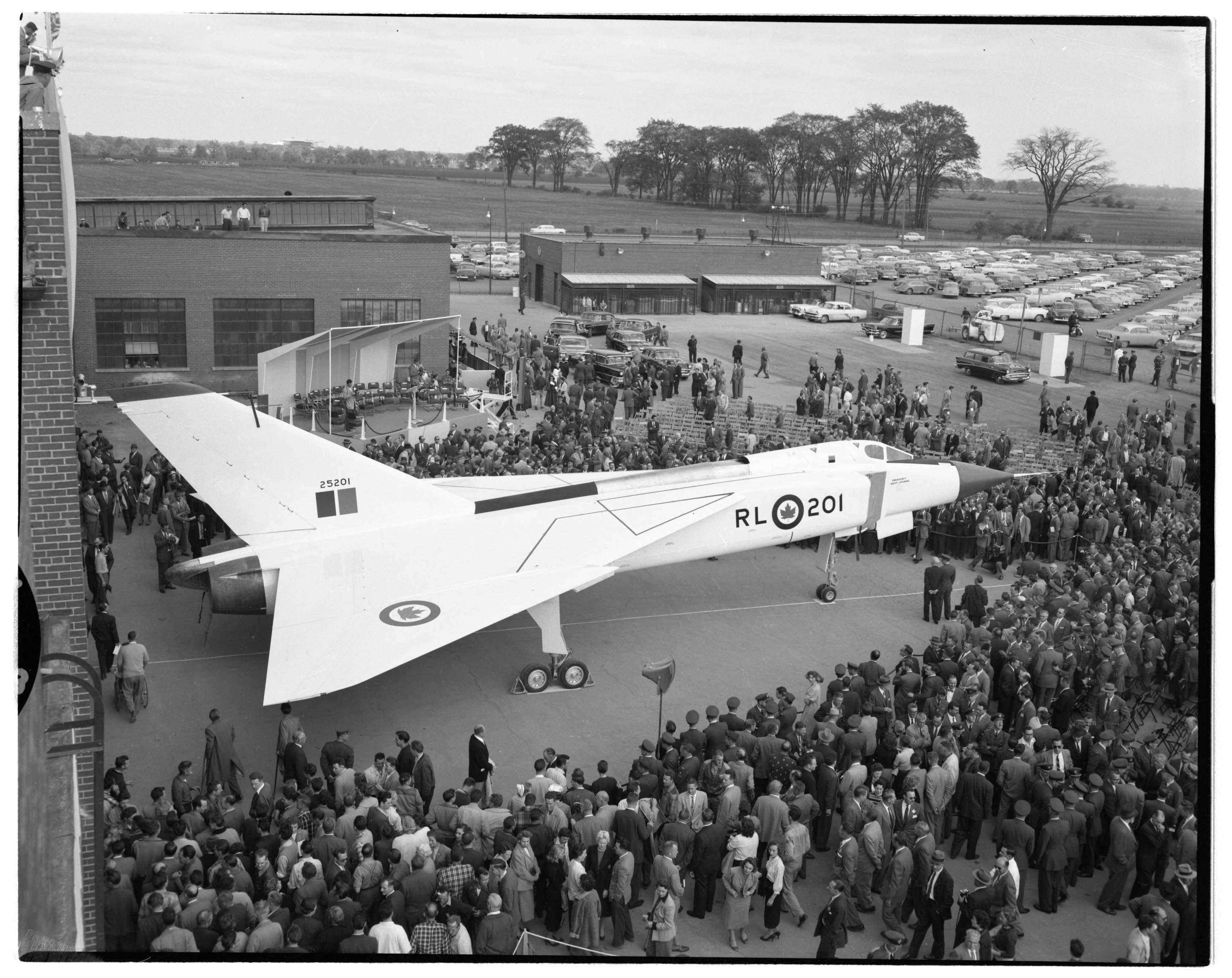
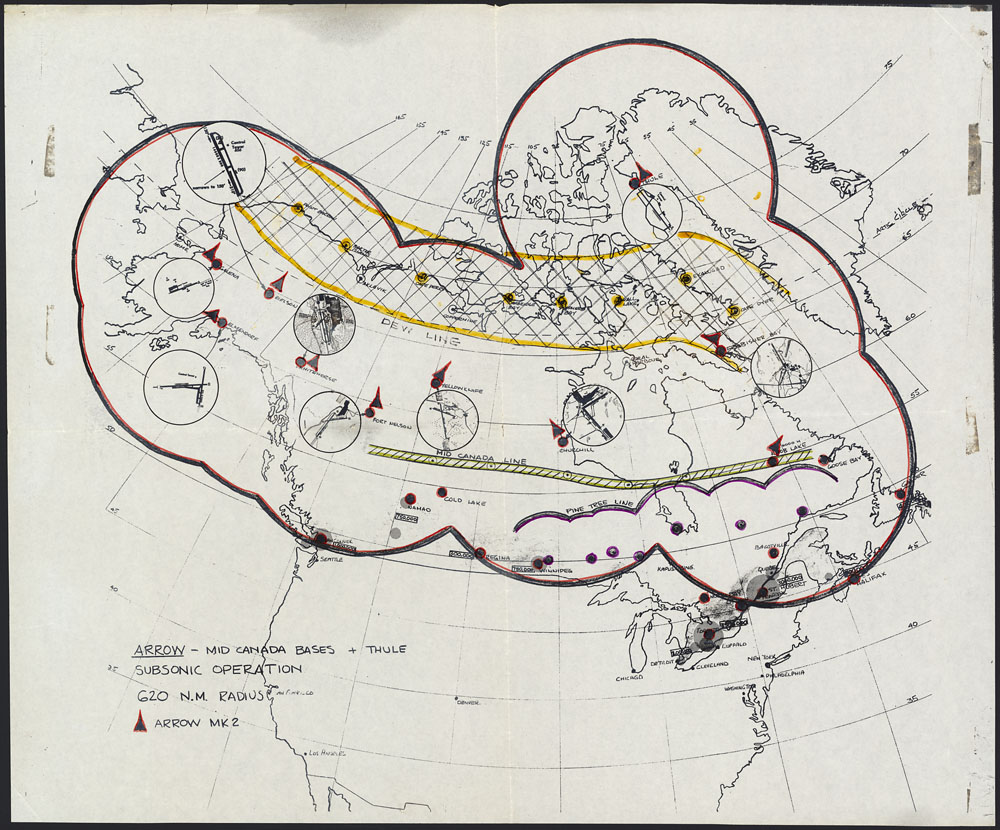
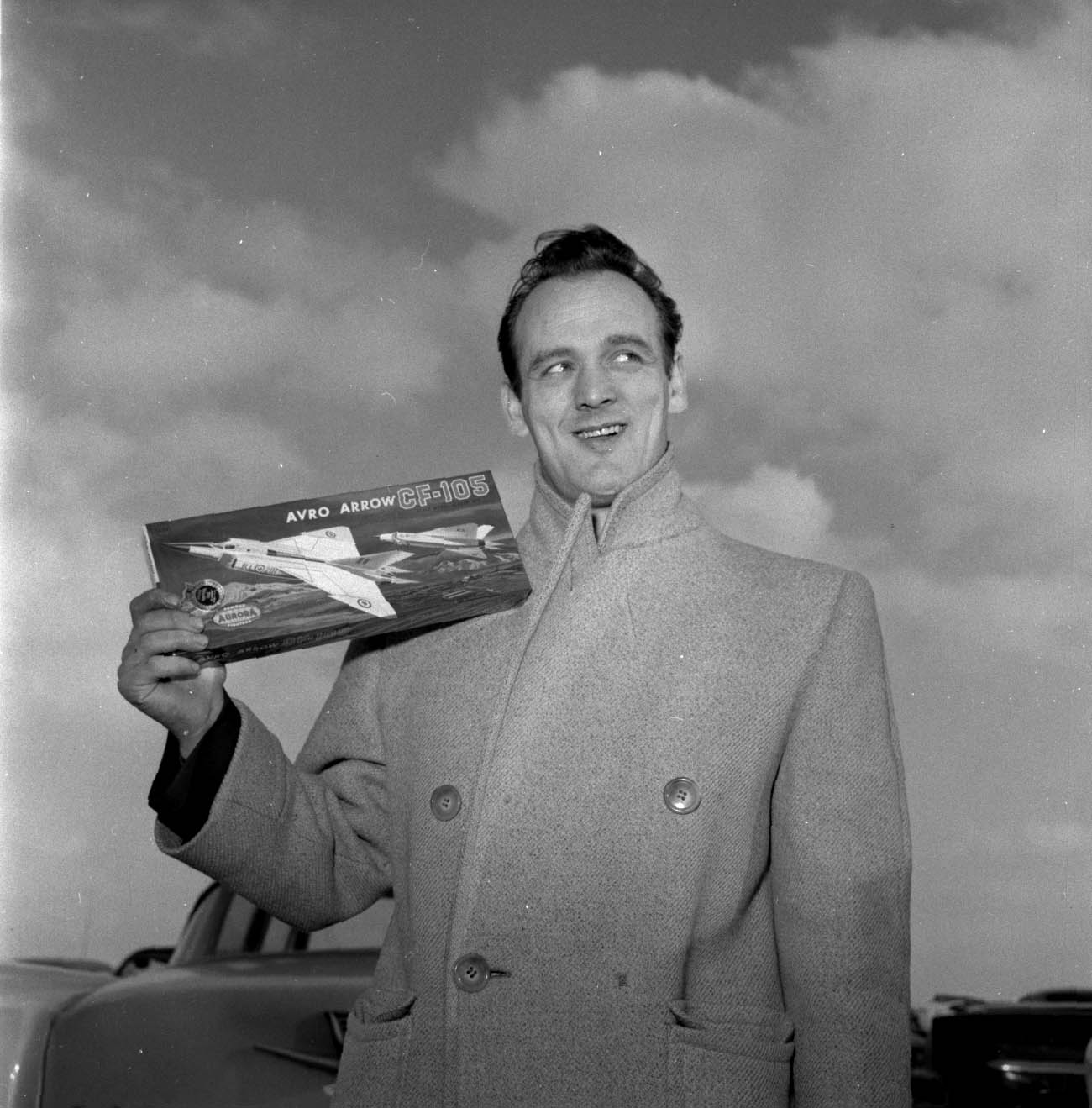
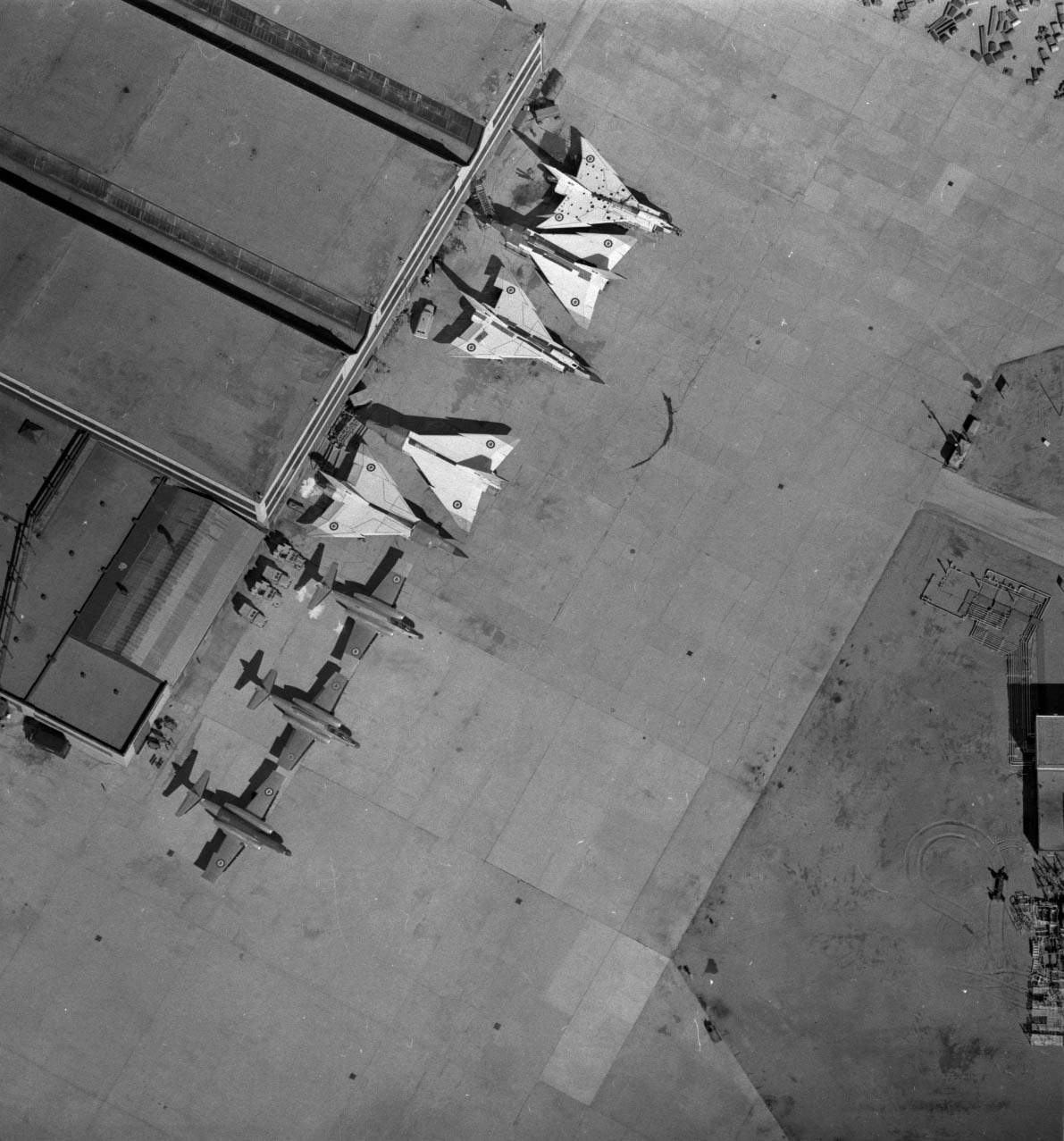
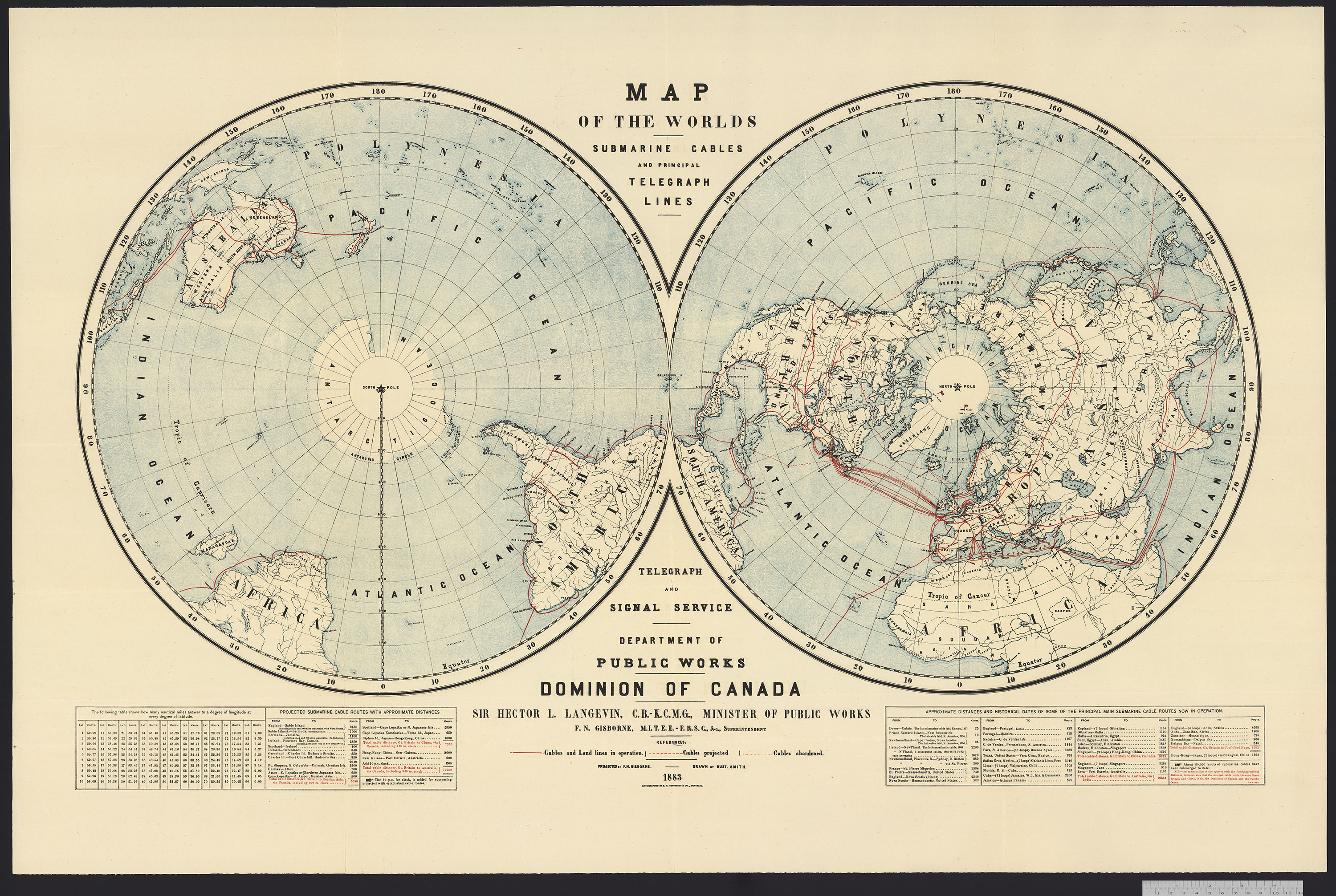
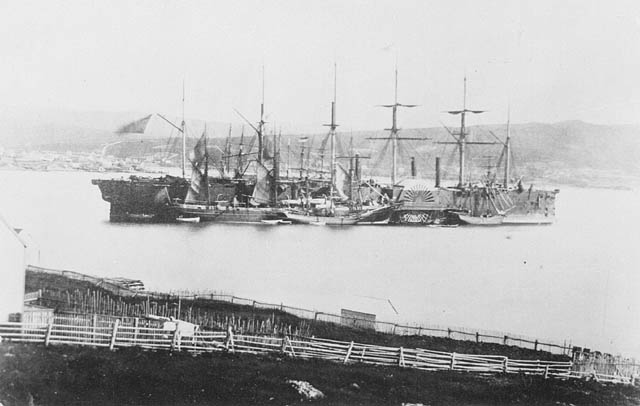

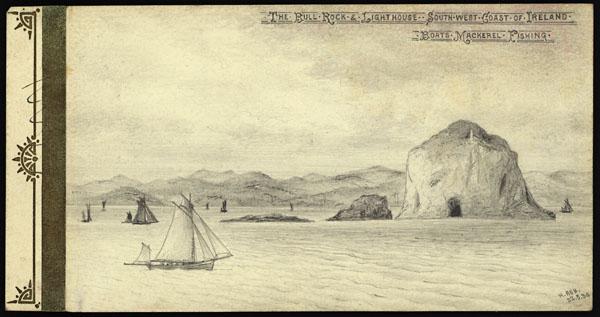
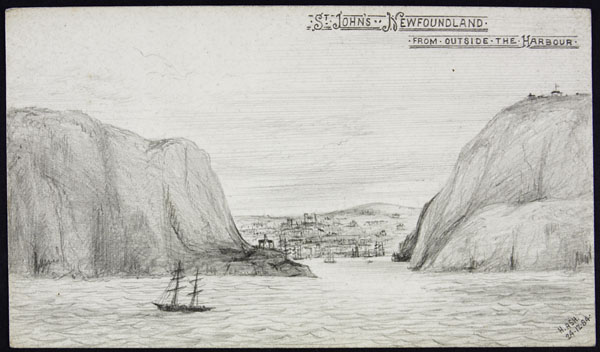
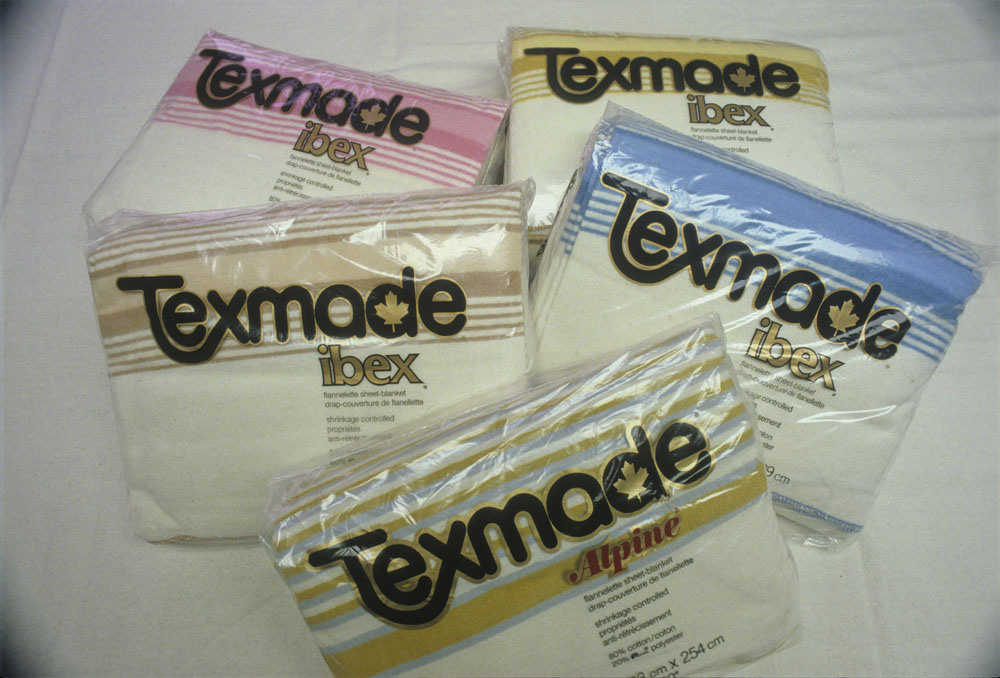
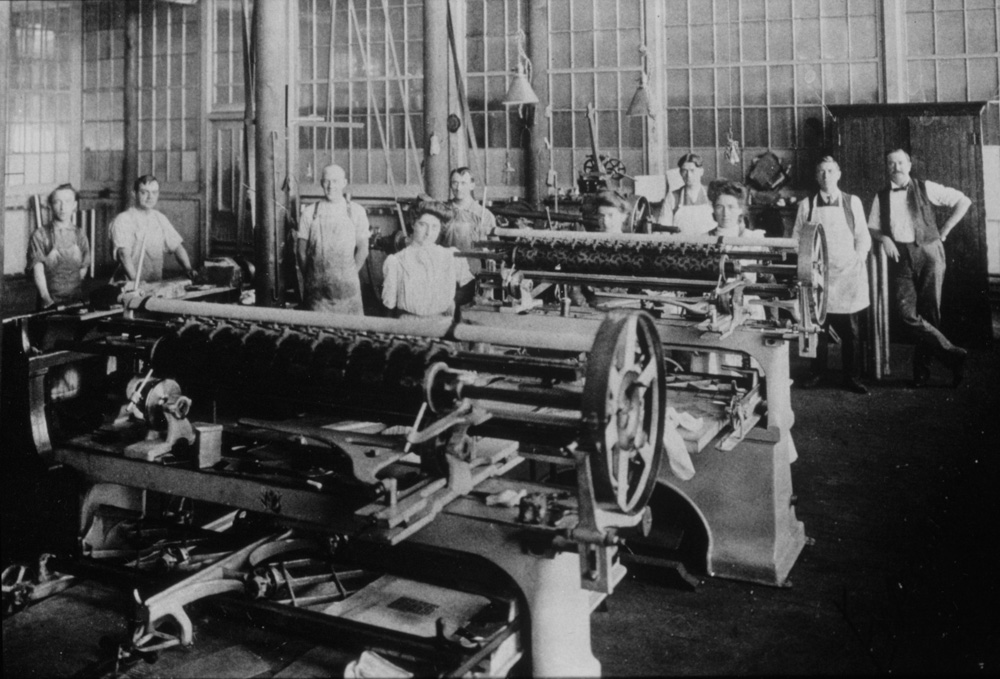
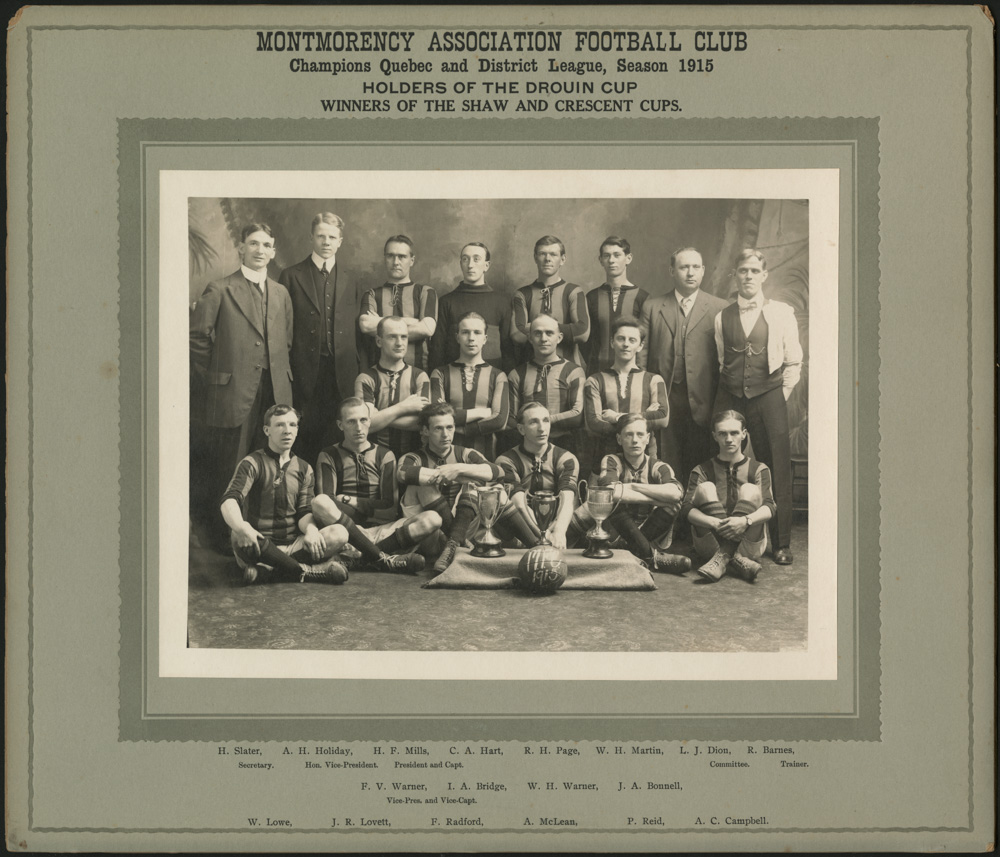
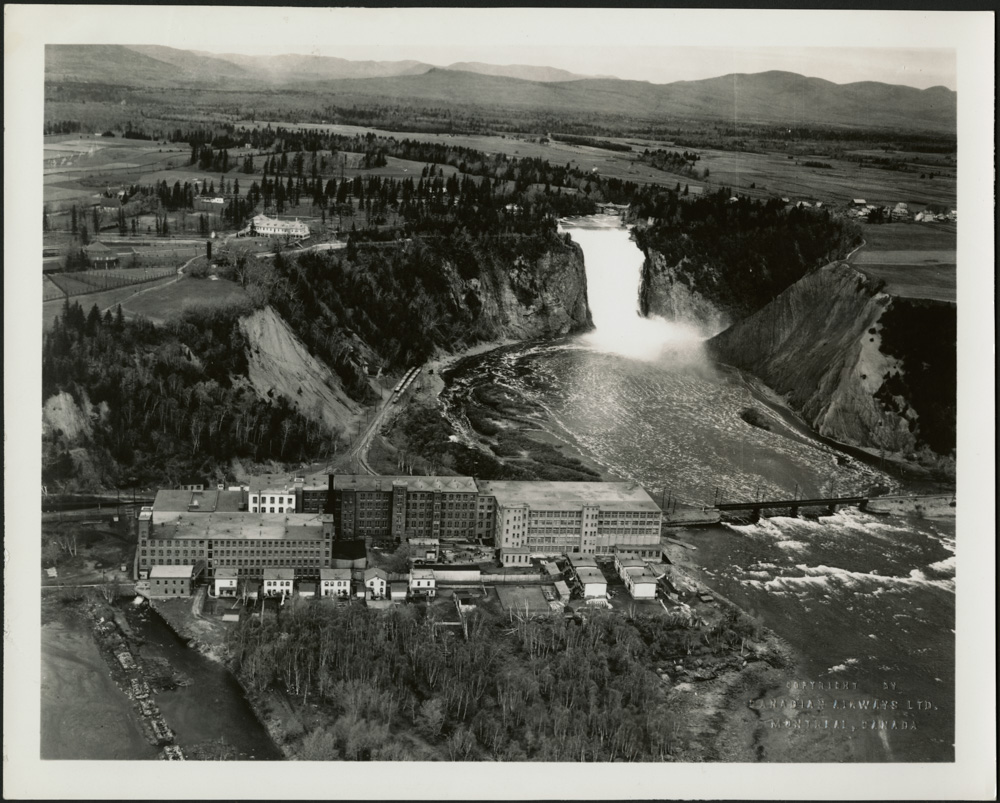
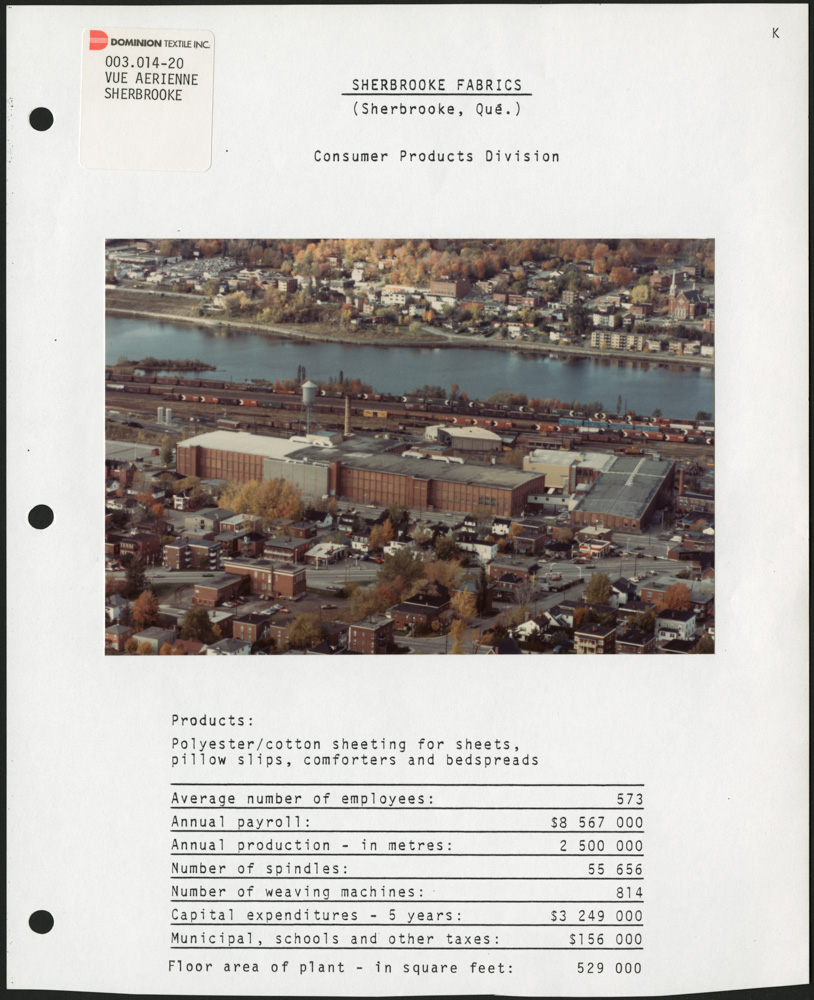
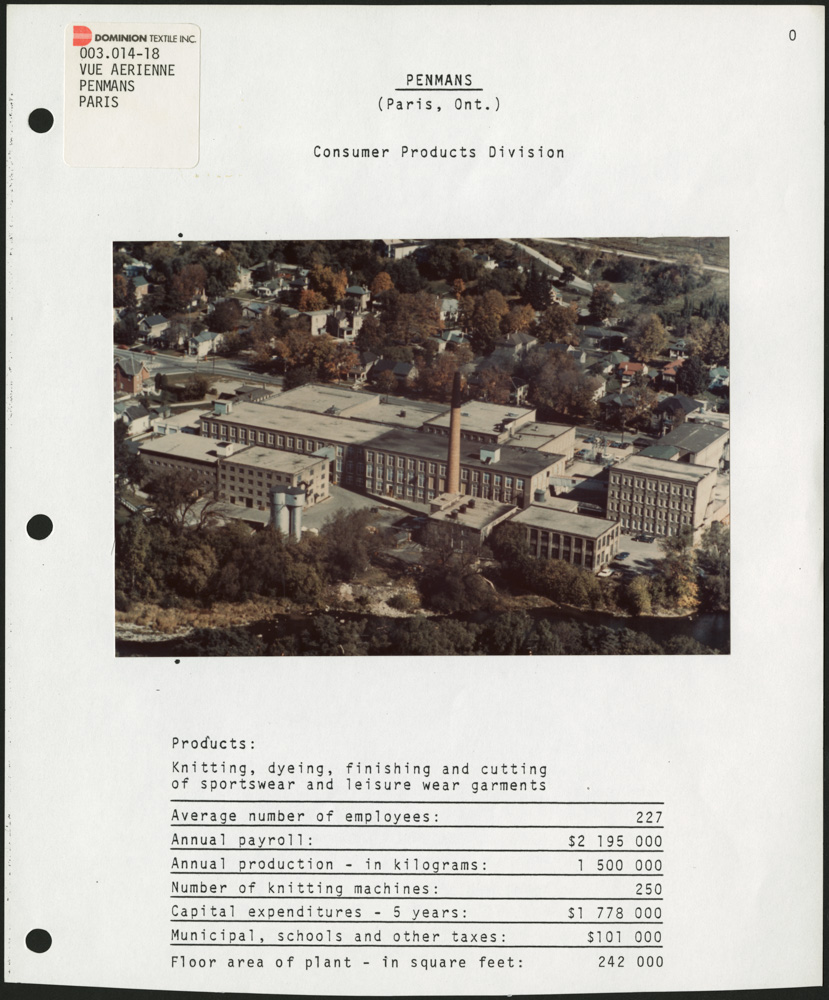
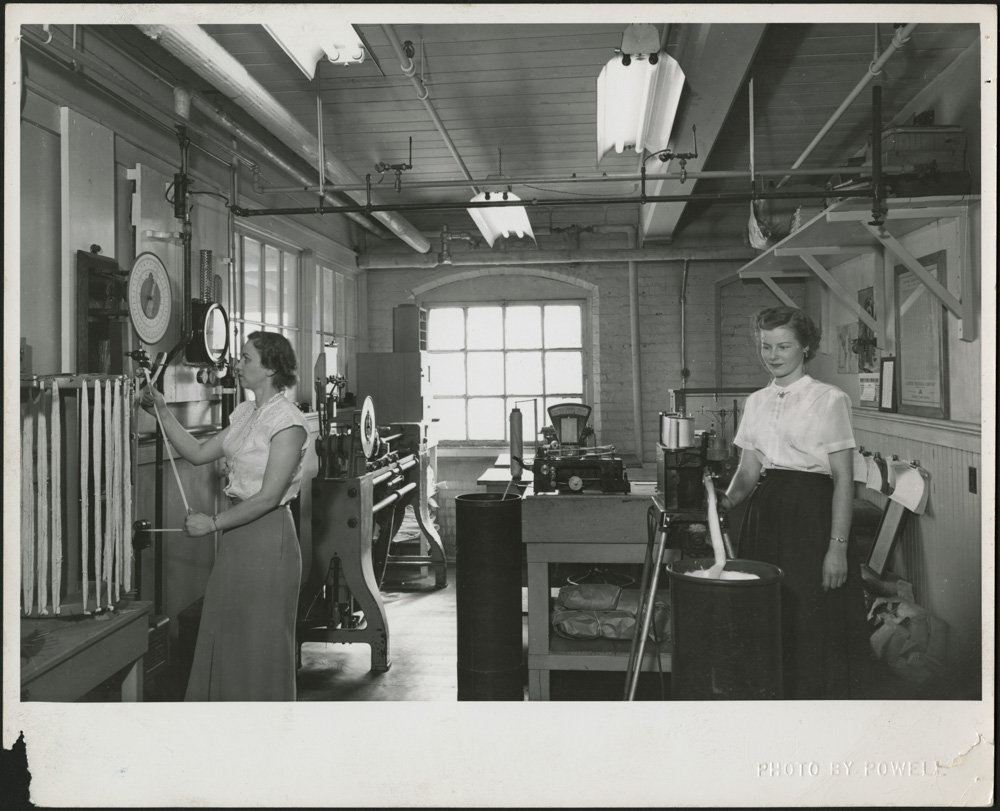
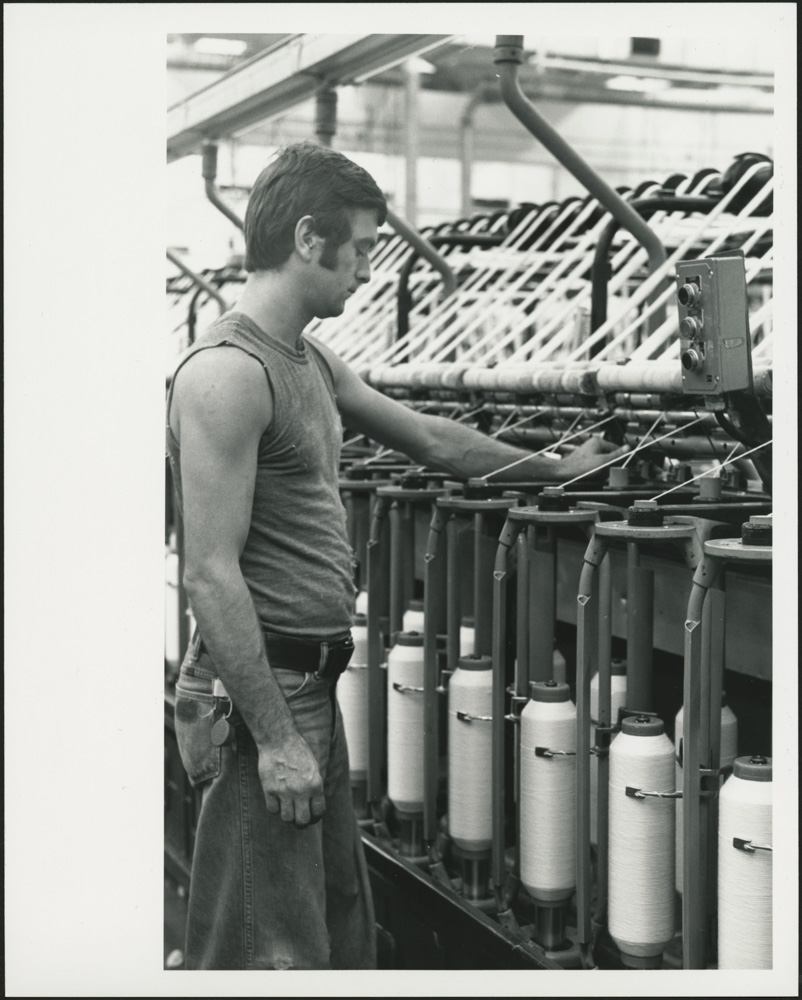
![A black-and-white photograph of a group of people marching in the street, carrying a banner that reads “Travailleurs et Travailleuses du Textile, CSD [Centrale des syndicats démocratiques], Usine de Montmorency” [Textile workers, CSD (Congress of Democratic Trade Unions), Montmorency factory].](https://thediscoverblog.com/wp-content/uploads/2020/08/e011213559-v8.jpg)
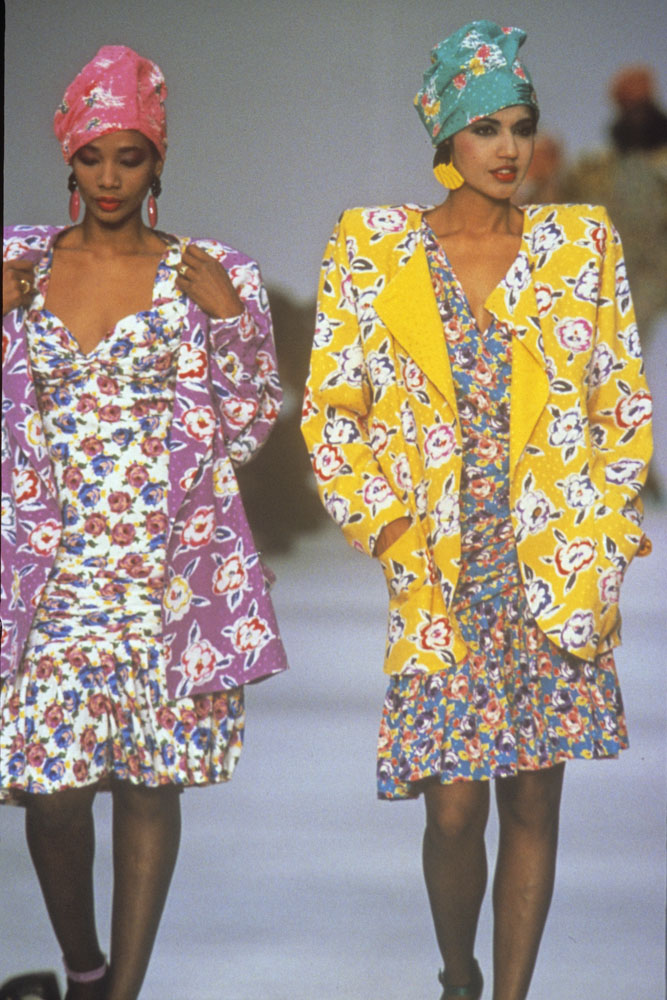

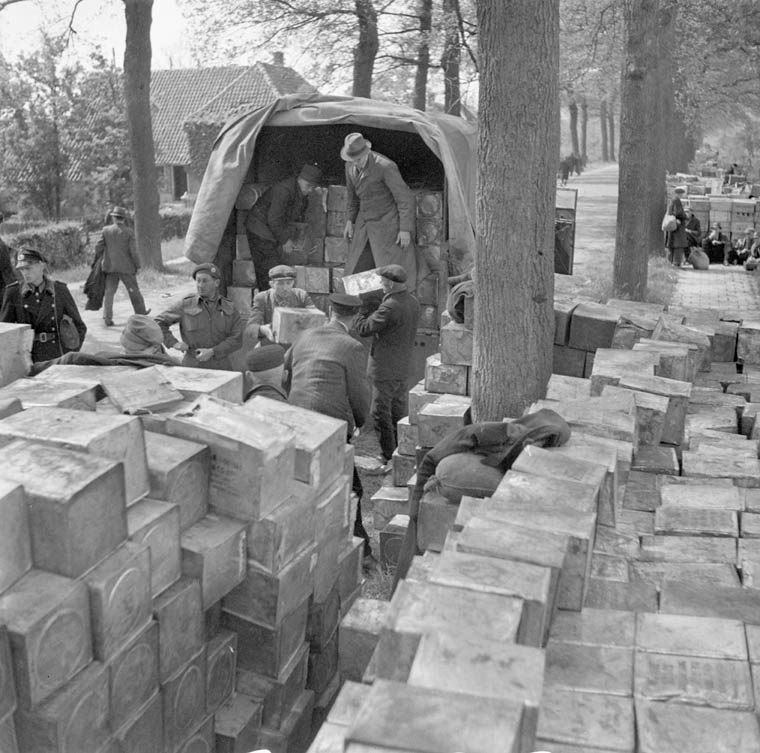
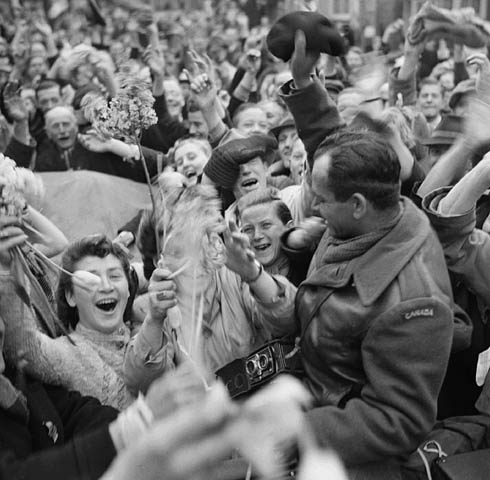

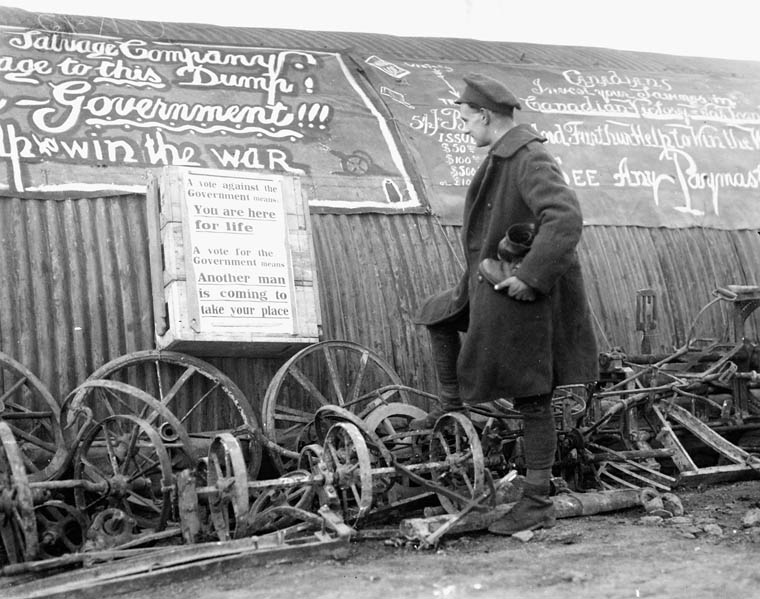

![On the left of the graphic, Tatânga Mânî [Chief Walking Buffalo] [George McLean] in traditional regalia on horse. In the middle, Iggi and girl engaging in a “kunik”, a traditional greeting in Inuit culture. On the right, Maxime Marion, a Métis guide stands holding a rifle. In the background, there is a map of Upper and Lower Canada, and text from the Red River Settlement collection.](https://thediscoverblog.com/wp-content/uploads/2019/02/blog-banner-1.jpg)
